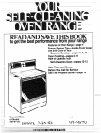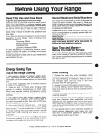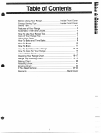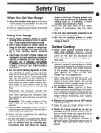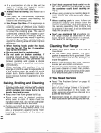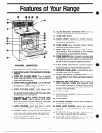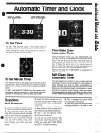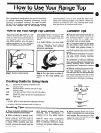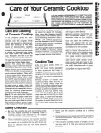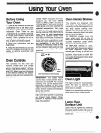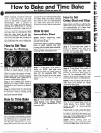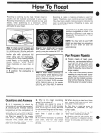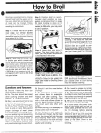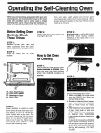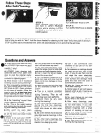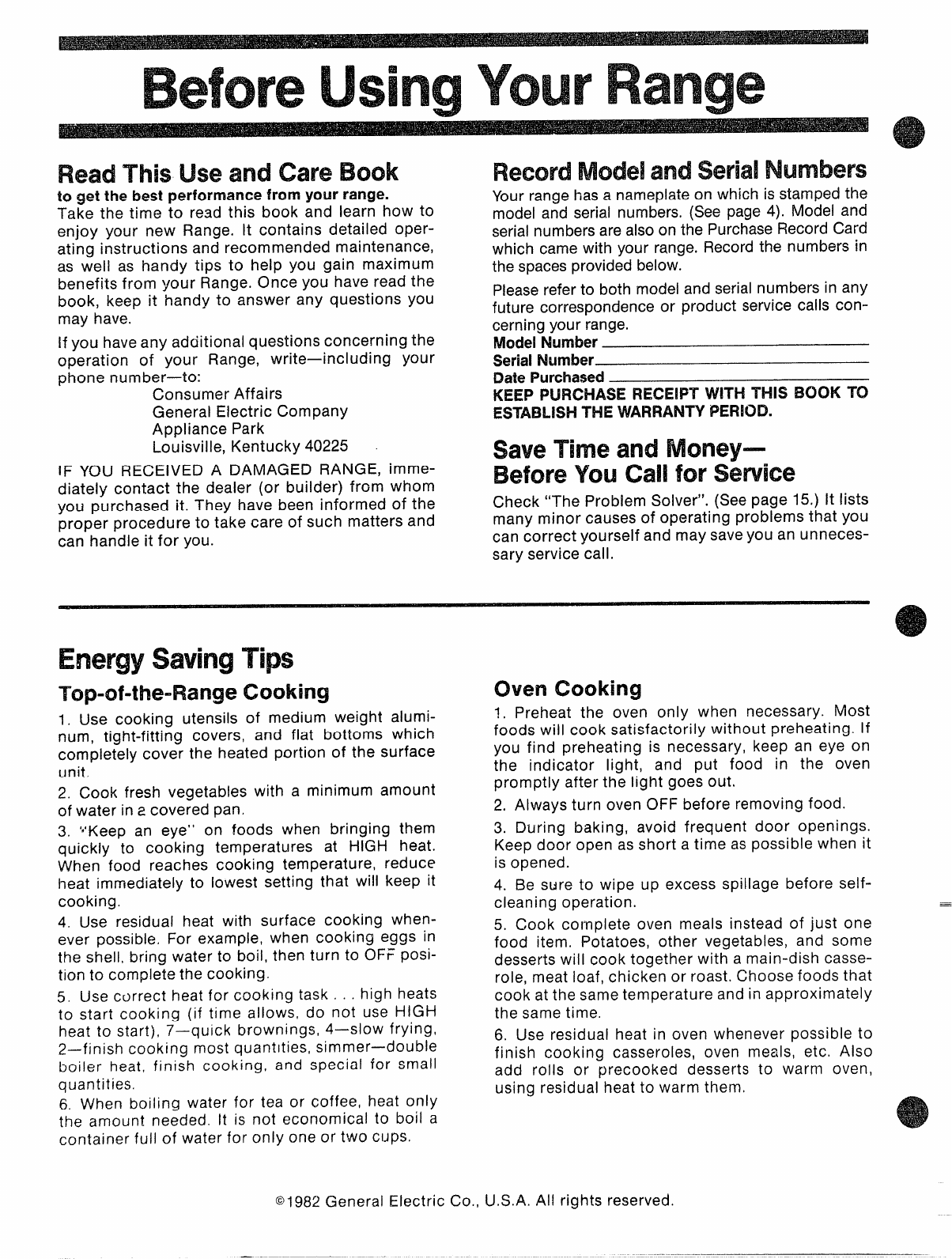
Your
Thisuseandcare
to get the best performance from your range.
Take the time to read this book and learn how to
enjoy your new Range. It contains detailed oper-
ating instructions and recommended maintenance,
as well as handy tips to help you gain maximum
benefits from your Range. Once you have read the
book, keep it handy to answer any questions you
may have.
If you have any additional questions concerning the
operation of your Range, write—including your
phone number—to:
Consumer Affairs
General Electric Company
Appliance Park
Louisville, Kentucky 40225
IF YOU RECEIVED A DAMAGED RANGE, imme-
diately contact the dealer (or builder) from whom
you purchased it. They have been informed of the
proper procedure to take care of such matters and
can handle it for you.
Your range has a nameplate on which is stamped the
model and serial numbers. (See page 4). Model and
serial numbers are also on the Purchase Record Card
which came with your range, Record the numbers in
the spaces provided below.
Please refer to both model and serial numbers in any
future correspondence or product service calls con-
cerning your range.
Model Number
SerialNumber
Date Purchased
KEEP PWW’’IASE F!ECE!PT Vim-4 THIS BOOK -m
ESTAF3LH-ITHE WVARFHWWPERIOD.
saveTimetmdIMoney—
Y(3U
cdl m’
Check “The Problem Solver”. (See page 15.) It lists
many minor causes of operating problems that you
can correct yourself and may saveyou an unneces-
sary service call.
Tips
Top-of-the”Range Ccmking
1. Use cooking utensils of medium weight alumi-
num, tight-fitting covers, and flat bottoms which
completely cover the heated portion of the surface
unit.
2. Cook fresh vegetables with a minimum amount
of water in
2 covered pan,
3. ‘*’Keep an eye”
on foods when bringing them
quickly to cooking temperatures at HIGH heat.
When food reaches cooking temperature, reduce
heat immediately to lowest setting that will keep it
cooking.
4. Use residual heat with surface cooking when-
ever possible, For example, when cooking eggs in
the shell, bring water to boil, then turn to OFF posi-
tion to complete the cooking.
5. Use correct heat for cooking task . ~. high heats
to start cooking (if time allows, do not use HIGH
heat to start), 7—quick brownings,
4—SIOW frying,
2—finish cooking most quantities, simmer—double
boiler heat, finish cooking, and special for small
quantities.
6. When boiling water for tea or coffee, heat only
the amount needed. It is not economical to boil a
container full of water for only one or two cups.
ovencooking
1. Preheat the oven only when necessary. Most
foods will cook satisfactorily without preheating. If
you find preheating is necessary, keep an eye on
the indicator light, and put food in the oven
promptly after the light goes out.
2. Always turn oven OFF before removing food.
3. During baking, avoid frequent door openings.
Keep door open as short a time as possible when it
is opened.
4. Be sure to wipe up excess spillage before self-
cleaning operation.
5. Cook colmplete oven meals instead of just one
food item. Potatoes, other vegetables, and some
desserts will cook together with a main-dish casse-
role, meat loaf, chicken or roast. Choose foods that
cook at the same temperature and in approximately
the same time.
6. Use residual heat in oven whenever possible to
finish cooking casseroles, oven meals, etc. Also
add rolls or precooked desserts to warm oven,
using residual heat to warm them.
@1982General Electric Co., U.S.A. Al! rights reserved.



